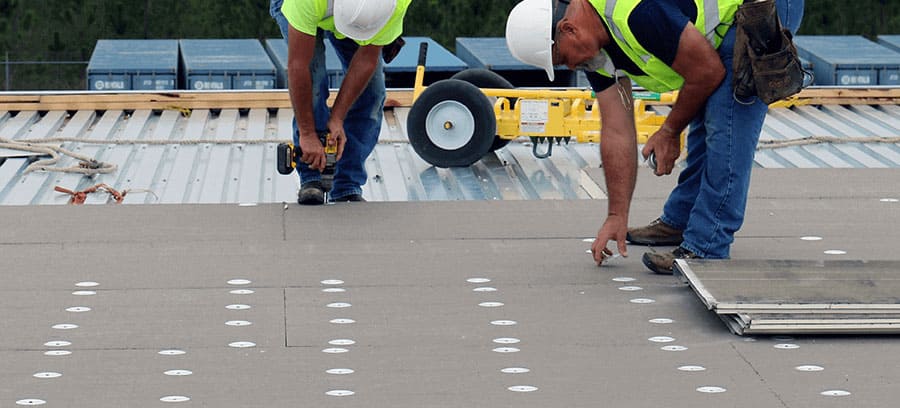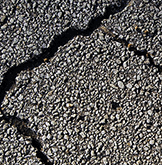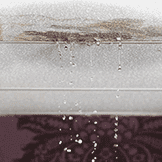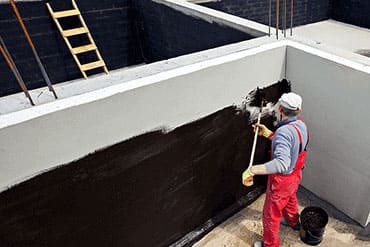Importance of Waterproofing
Importance of Waterproofing
- Home
- Water Proofing
- Importance of Waterproofing

Importance of Waterproofing
The desirability of waterproofing and its impact upon the safety, comfort, and health of building occupants cannot be overemphasized. Leakage and dampness in different structures are chronic problems that occur from time to time due to several reasons, after construction or at a later stage. Slight dampness and wet patches, lead to peeling-off of plasters and delimitation of paints. Seepage and leakage of water gradually set in through weak spots. By the time, water enters the body of the structure; corrosion of the reinforcement has already weakened the structure.
Here are 3 reasons why waterproofing is important:

Risk of Damaging Your Property
Waterproofing is very important for the point of stability of the structure. Once it is damaged, it cannot be brought back to its original status. When cracks on the roof form, it can lead to ceiling leakages in the long run, particularly due to the result of accumulated damp spots during the rainy season. Roof leaks are spread throughout the building and are they are able to damage electrical appliances, wooden structures, and inbuilt furniture. They are also capable of weakening walls. This can cause serious damage to the building’s structure and appearance and provide a place for molds and mildew to grow.

Health Risks
In a building that is not properly waterproofed, trapped moisture has the potential to become a breeding ground for fungi, molds and other bacteria. The growth of such microorganisms can pose health hazards to people residing or working in the building, leading to allergy reactions, asthma attacks and other irritations or infections. Stagnant water caused by sustained water leakage can also breed mosquitoes and pose more serious health problems such as dengue fever.

Water Leakage Problems
Typically during year-end when monsoon season occurs, landed property homeowners find problems in their roof when water starts leaking in. This can be dangerous if you have elderly or young kids running around at home as water puddles accumulated from the leaks may be slippery. The constant dripping sound can also be annoying to the people living under the roof.
Benefits of Waterproofing in buildings
-
Water Damage Prevention: Protecting your buildings barrier prevents leaky roofs, dripping walls, and unsealed windows. These problems can allow moisture to reach the interior of your building or be trapped inside its framework, creating issues in a variety of ways including:
-
Mold and mildew developing in damp conditions, which causes health problems for employees. Internal moisture can easily lead to equipment malfunctions if the equipment becomes exposed to the encroaching water.
-
The inventory inside of your commercial building can quickly become compromised when exposed to water from a leaking roof or window.
-
Value Retention: This point is simple–protecting your building from water damage and corroding protects your building from diminished value. Water damage can quickly lower the value of the building you’ve invested in.
-
Concrete Longevity: By coating materials such as steel, you decrease the damage that concrete and other materials around its face. Steel has the power to cause damage to the concrete of your building, so applying a coating to the steel helps add to the lifespan of your concrete.
-
Saves Money: By preventing costly water damage, ruined equipment, ruined inventory, or dangerous, wet working conditions, the building owner is bound to benefit from not being exposed to these costly incidents.
Service Life

Waterproofing membranes are not expected to last longer than the asphalt wearing surface, including one resurfacing of the asphalt overlay. To achieve this, the initial asphalt thickness has to be sufficient to allow the top surface to be milled without damaging the membrane.
The expected service life of waterproofing membranes is generally 16 to 20 years when installed on new bridge decks and anywhere between 6 and 20 years when installed on existing bridge decks. The performance of the system is determined by the complex interaction of material factors, design details, and quality of construction.